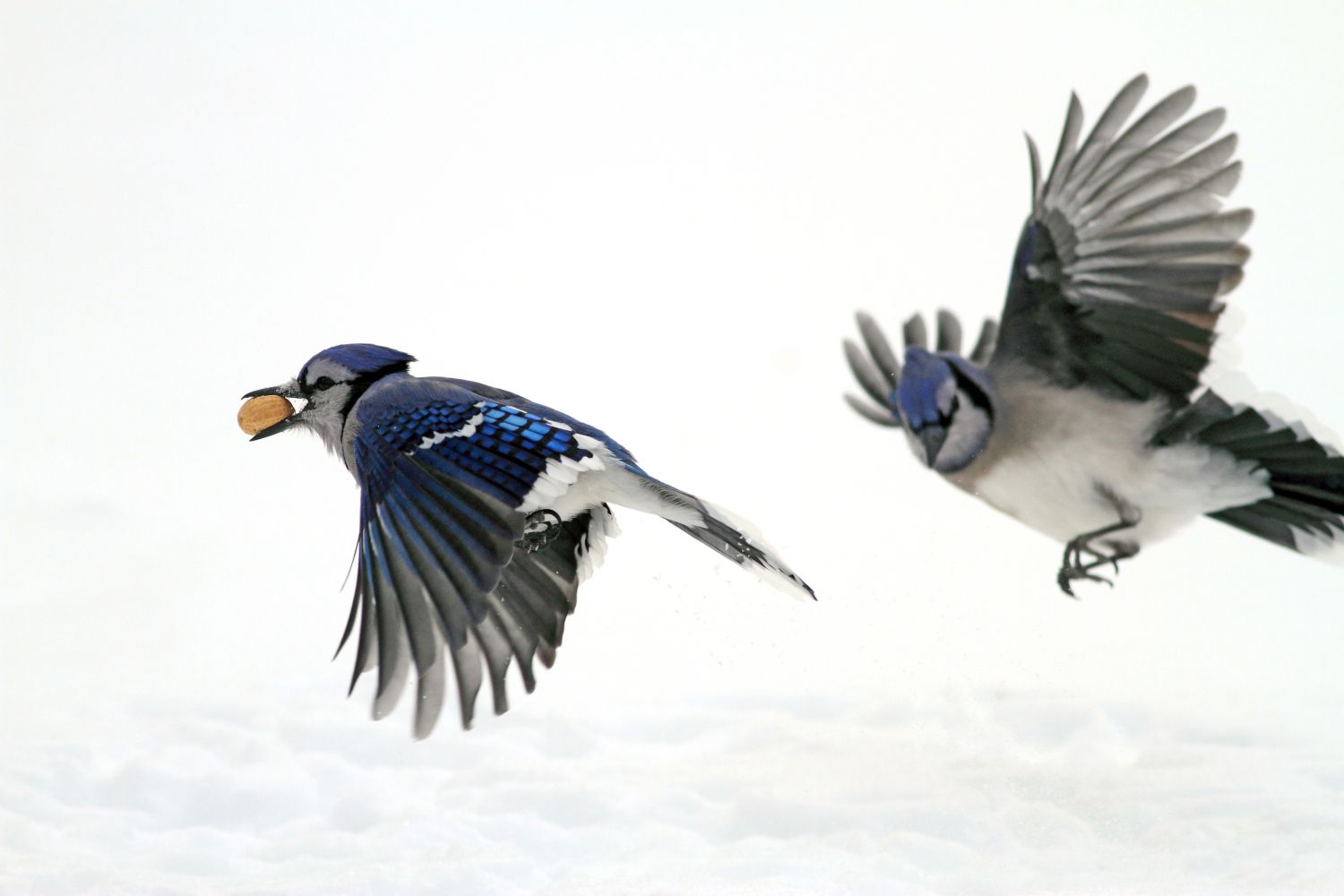
Discovering the intricacies of nature reveals how resource partitioning is a fascinating aspect of ecological interactions, enabling species to coexist peacefully in the same habitat without direct competition for resources. Here are 11 fascinating facts about resource partitioning that illustrate its significance in maintaining biodiversity and ecosystem health.
Key Takeaways:
- Resource partitioning is like a sharing system in nature, where different animals find their own space and time to eat without fighting. This helps them survive and keeps the environment diverse and healthy.
- Humans can help resource partitioning by planting different crops and protecting habitats. Understanding how animals share resources is important for keeping our world full of different plants and animals.
Resource Partitioning Reduces Competition
At its core, resource partitioning is about minimizing competition among species for limited resources. When different species use resources in various ways, they can share the same habitat without negative effects on each other.
Niche Concept is Key
The ecological niche concept is crucial to understanding resource partitioning. A niche encompasses all the environmental factors that a species needs to survive, grow, and reproduce. Resource partitioning allows species with similar niches to coexist by specializing in different aspects of their shared habitat.
Different Types of Partitioning
There are two main types of resource partitioning: spatial and temporal. Spatial partitioning occurs when species use different areas or aspects of the environment, whereas temporal partitioning involves using the same resource but at different times.
Evolutionary Adaptation
Resource partitioning is often the result of evolutionary processes. Species evolve to exploit different resources or the same resource in different ways, reducing direct competition and allowing for coexistence.
Examples in Nature
An example of resource partitioning can be seen in the feeding habits of certain bird species. Some may feed on insects in the canopy, while others feed on the forest floor, effectively partitioning the food resources.
Promotes Biodiversity
By reducing competition, resource partitioning allows for a greater number of species to coexist in an ecosystem, thereby promoting biodiversity and ecosystem stability.
Influences on Ecosystem Services
Resource partitioning has a positive effect on ecosystem services, as it supports a variety of species that contribute to nutrient cycling, pollination, and other crucial ecosystem functions.
Impact of Environmental Changes
Changes in environmental factors can disrupt established patterns of resource partitioning, leading to increased competition and potentially negative effects on species diversity.
Broad vs. Narrow Niches
Species with broad niches are more likely to engage in resource partitioning than those with narrow niches, as they can more easily adapt to using different resources or parts of the habitat.
Interspecific Competition vs. Intraspecific Competition
Resource partitioning primarily addresses interspecific competition (between different species) rather than intraspecific competition (within the same species), although both forms of competition can influence the niche partitioning process.
Role in Preventing Competitive Exclusion
The principle of competitive exclusion states that no two species can occupy the same niche in the same environment for a long time. Resource partitioning is a natural mechanism that prevents competitive exclusion by ensuring that species adapt to occupy different niches.
Conclusion
Understanding the dynamics of resource partitioning highlights the complexity and resilience of ecosystems. It showcases how species interact, evolve, and adapt to share resources, underlining the intricate balance that sustains life on Earth. Through the lens of resource partitioning, we gain insights into the mechanisms that foster coexistence and diversity, crucial for the health and sustainability of our planet’s ecosystems.
FAQs
1. What is resource partitioning?
Resource partitioning refers to the process by which different species use limited resources in a way that minimizes competition. It involves the differentiation of species based on factors such as space, time, or morphology.
2. Why is resource partitioning important?
Resource partitioning is important because it allows multiple species to coexist in the same habitat by reducing competition for resources. This promotes biodiversity and enhances the stability of ecosystems.
3. What are the mechanisms of resource partitioning?
There are several mechanisms of resource partitioning, including spatial differentiation (occupying different areas within a habitat), temporal differentiation (utilizing resources at different times), and morphological differentiation (having different physical characteristics that enable the usage of specific resources).
4. How does resource partitioning contribute to ecological balance?
Resource partitioning helps maintain ecological balance by reducing competition among species. When species have different strategies for utilizing resources, they can coexist without outcompeting or depleting each other. This balance promotes ecosystem stability and resilience.
5. How is resource partitioning relevant to conservation?
Understanding resource partitioning is essential in conservation efforts. By identifying key resources and the unique ways different species use them, conservationists can make informed decisions to protect habitats that facilitate resource partitioning and support species diversity.
Resource partitioning fascinates ecologists, but the competitive exclusion principle also plays a crucial role in shaping species interactions. Biodiversity thrives when organisms find unique ways to share limited resources, and understanding these processes is central to the study of ecology. Dive deeper into nature's delicate balance by exploring our articles on competitive exclusion, the astounding variety of life on Earth, and ecology's fundamental concepts.
Was this page helpful?
Our commitment to delivering trustworthy and engaging content is at the heart of what we do. Each fact on our site is contributed by real users like you, bringing a wealth of diverse insights and information. To ensure the highest standards of accuracy and reliability, our dedicated editors meticulously review each submission. This process guarantees that the facts we share are not only fascinating but also credible. Trust in our commitment to quality and authenticity as you explore and learn with us.
